Ghee is a product known for millennia in the Ayurvedic tradition. In addition to India, the clarified butter has been used in Pakistan, Iran and Thailand and is now increasingly known around the world.
It is no coincidence that Ghee is gaining this popularity - it is a valuable elixir, which not only tastes great, but also has unlimited applications, countless health benefits and perhaps eternal shelf life, without having to be refrigerated.
It is pure fat obtained by prolonged, slow melting at low temperatures of butter. In this process, water, milk proteins, enzymes and microorganisms are released. It should be noted, however, that authentic Ghee was made from buffalo, but because it is harder to find, it has been successfully replaced by butter.
Although it sounds very exotic and almost difficult to access, actually getting this unique product is the easiest thing in the world.
The only condition is to buy quality butter from animals fed with natural foods, without added growth hormones, pathogens and antibiotics.
For 1-1.5 kg of butter you will need a large pot with a thick bottom, a glass jar or ceramic container with a capacity of about 1.2 liters, which can be sealed and a fine strainer or gauze, which you can use to strain the ghee.
Here's how to make ghee at home:
Put the butter to melt on low heat, then you can increase to medium heat.
After 15-20 minutes you will notice that foam forms on the surface, which you need to remove with a slotted spoon. Depending on the butter you use, it is possible that this foam will continue to come out 2-3 more times, sometimes more, you need to monitor and remove it constantly.
Slowly the liquid will begin to clear, the water will evaporate and only at the bottom you will notice the protein residue.
The process ends when the butter smells of nuts and the milk and acquires a light amber color. The elapsed time is about 1 hour. Then remove it from the heat, wait a few minutes for the temperature to drop, so that the container doesn't burst, in which we will pour the ghee.
Strain through a fine sieve directly into the jar, which you have made sure in advance that it is perfectly clean and dry. The straining also removes the last remnants of impurities and milk proteins, which have acquired the appearance of white bubbles on the bottom.
Close the container when the clarified butter has cooled completely and keep it away from direct sunlight.
Theoretically, Ghee has no expiration date and we mentioned that it can be stored for a long period of time.
In addition to the endless possibilities for use in the kitchen - for frying, baking, spreading on bread, adding it in sauces, cakes and creams, Ghee finds applications in cosmetics, as well as for the preparation of programs for detoxification and strengthening immunity.
It has a strong antibacterial and moisturizing effect, speeds up the metabolism and is suitable for diets, cleanses the tissues of toxins and helps our cells to eat properly.
The benefits of Ghee are endless and it is good to respect our body and organism by taking care of our health and giving attention to ourselves and the whole family.
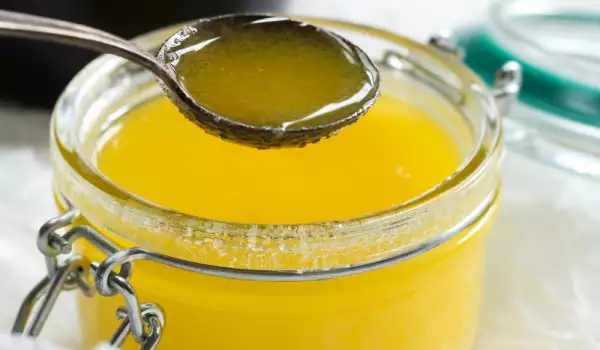


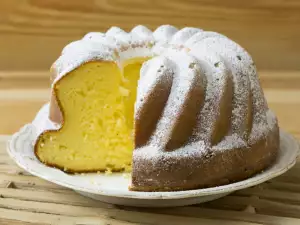


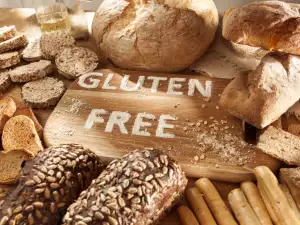
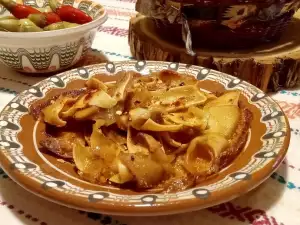
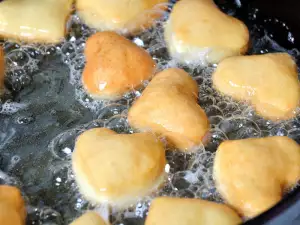
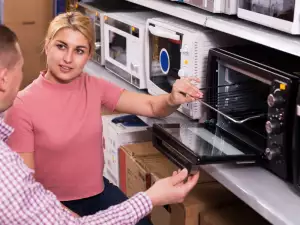

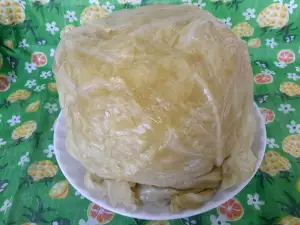
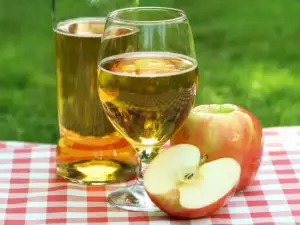
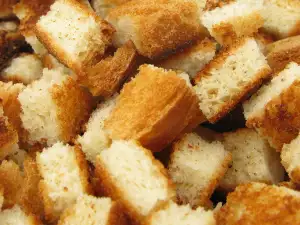
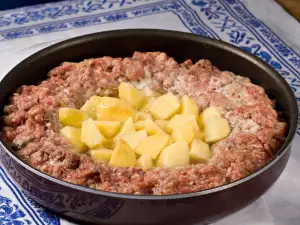




Comments